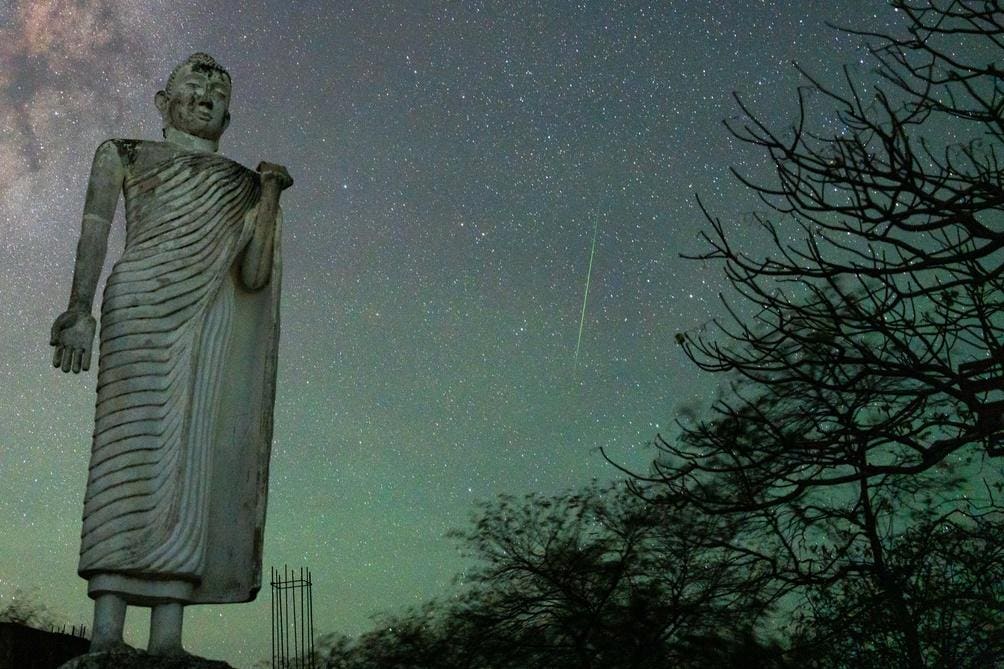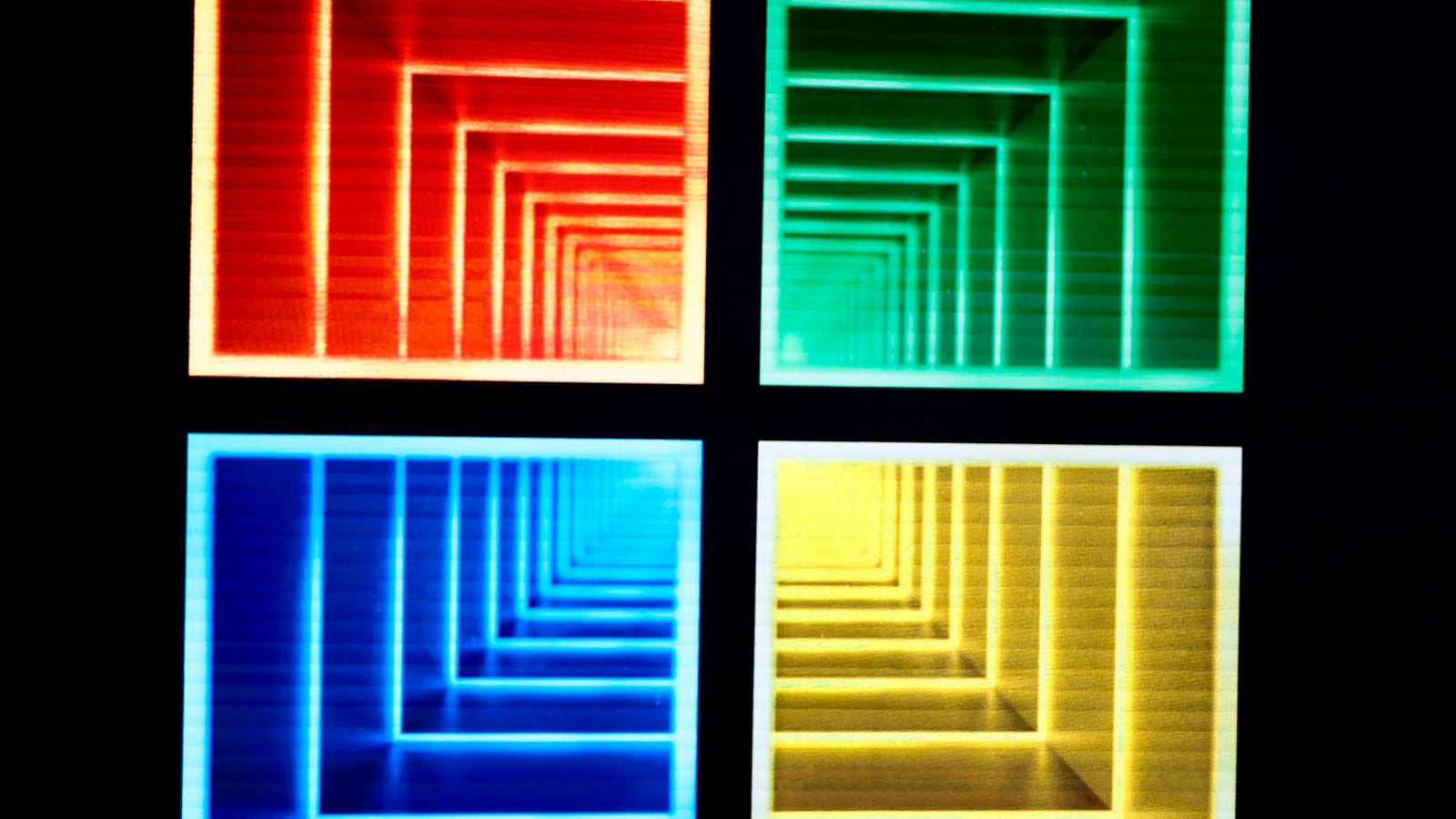A Delta Aquariid meteor is appearing over the Buddha statue in Kantale, Sri Lanka, on July 4, 2024. … More
The first meteors from two overlapping showers — the Delta Aquariids and the Alpha Capricornids — will begin streaking across the sky this Sunday night, July 13, kicking off summer’s meteor season.
While their peak nights won’t arrive until July 30, these twin displays will slowly build throughout the second half of July, making Sunday the first real chance to catch a shooting star after dark this summer since the Bootids meteor shower in late June.
Where And When To Look
For the best chance to see meteors, head outside after midnight and find a dark spot far from city lights. The meteors can appear anywhere.
Both showers have their radiant points — where the meteors appear to come from in the night sky — in constellations (Aquarius and Capricorn) low in the south as seen from the Northern Hemisphere. That means that more meteors will likely be seen from the Southern Hemisphere and lower northern latitudes. However, both the Delta Aquarids and the Alpha Capricornids will still be visible from most of the U.S. and Europe under clear, dark skies.
Since there was a full moon a few nights ago, lingering moonlight will make it tricky to see shooting stars — so it’s wise to wait until later in the week when the moon wanes and skies darken.
What You’ll See
The Delta Aquariids are known for producing faint, medium-speed meteors that tend to leave persistent trails. They’re steady rather than dramatic, with typical rates of 10-20 meteors per hour during peak. The Alpha Capricornids are even slower, with fewer meteors per hour, but they often produce bright fireballs — sudden, brilliant bursts that can be surprisingly vivid.
They won’t “light up the night sky,” as many who’ve never been stargazing like to write, but they will provide an excellent add-on to late-night stargazing.
Observing Tips
No special equipment is needed — just patience and a dark, open and clear sky. Look up and let your eyes adjust to the darkness for at least 20 minutes before forming any opinion on whether it’s worth continuing. Meteors can appear in any part of the sky, so a reclining chair or blanket can help you scan a wide area comfortably.
What’s Next in the Night Sky
These twin showers reach their peak on July 30, blending into the early activity of the more famous Perseid meteor showers, which appear later in July. The peak of the Perseids on Aug. 11-12 will be marred by a full moon, meaning the Delta Aquarid and the Alpha Capricornid meteor showers are likely to be summer’s most meaningful.
For exact timings, use a sunrise and sunset calculator for where you are, Stellarium Web for a sky chart and Night Sky Tonight: Visible Planets at Your Location for positions and rise/set times for planets.
Wishing you clear skies and wide eyes.









